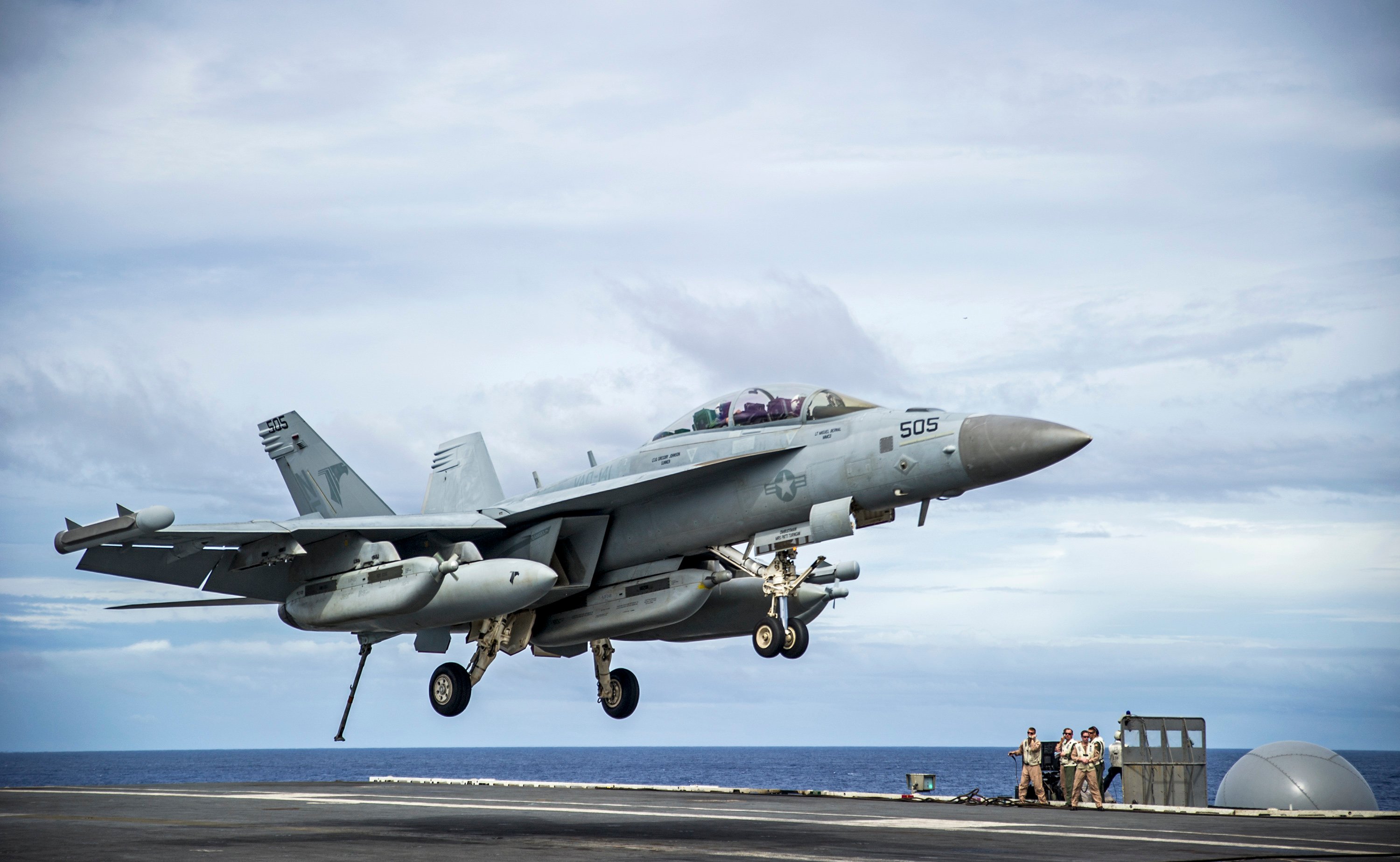
Electronic Warfare Executive Committee to Focus on Strategy, Acquisition
The Pentagon’s new Electronic Warfare (EW) Executive Committee was created this week to refocus the services on matters of EW…
Copyright 2024 U.S. Naval Institute. All Rights Reserved.